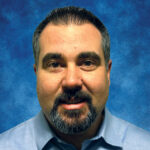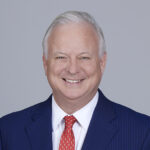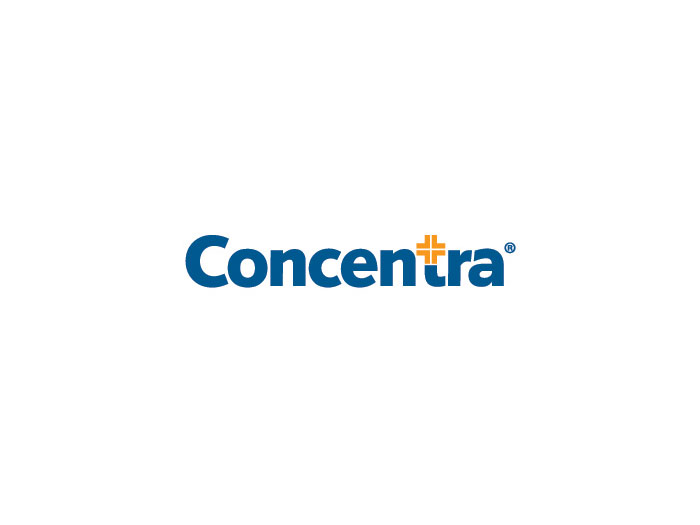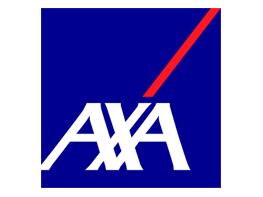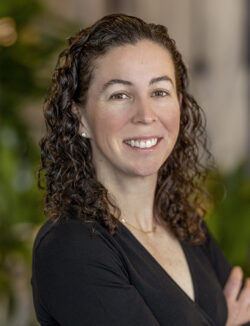Workers' Compensation
Survey Tracks Claims Success

What makes a claims organization successful? They tend to measure their performance using outcomes-based metrics, employ claim decision support tools such as workflow automation and predictive modeling, and use an “advocacy-based” claims model that puts employees’ needs first.
So says the 2016 Workers’ Compensation Benchmarking Study by Chicago-based Rising Medical Solutions, which surveyed 492 claims leaders representing large carriers, third party administrators and employers, as well as midsize and smaller organizations such as risk pools and government entities.
This year, for the first time, the fourth annual study identified claim operational best practices in higher-performing organizations, as defined by having a claims closure ratio of 101 percent or greater.
Proof that the study is gaining industry-wide traction was evidenced in that more than 600 people signed up for an early-November Risk & Insurance webinar on the topic.
“One of the major goals of the report is to provide an opportunity for like organizations to benchmark what other organizations are doing to drive better results,” says the study’s author, Denise Zoe Algire, director, managed care and disability, corporate risk management at Albertsons Cos. in Pleasanton, Calif.
“Within that, the report shows a really clear picture of what higher-performing organizations are doing and what initiatives are moving the needle.”
According to the study, such organizations are more likely to use key performance indicators (KPIs) that clearly show how desired claim outcomes are being achieved or not achieved. About half of all of the claims leaders who responded to the survey said they do not yet apply KPIs that measure their desired outcomes.
“Looking at what organizations say are the most important outcomes to a claim, I was really pleased to see that the highest priority was functional recovery of injured workers,” Algire says. “I think we have some work to do in terms of how we connect KPIs to what we say is most important. Through current KPIs, how do we measure and reinforce performance focused on desired outcomes?”
Dan Holden, manager, corporate risk and insurance at Daimler Trucks North America in Portland, Ore. and one of the members of the advisory council for the study, says he was surprised that in 2016 professional claims organizations are either still trying to figure out how to measures outcomes, are incorrectly measuring outcomes, or just aren’t measuring them at all. Of the 40 percent of organizations that do not measure outcomes, just under 50 percent of that group stated it wasn’t a business priority.
“If gauging outcomes isn’t a business priority for a claims outfit,” Holden says, “I’m not sure what is?”
Two-thirds (66 percent) of the survey’s participants use workflow automation and just over 50 percent use push technology or predictive modeling to some degree, a significant improvement from prior studies. Higher-performing organizations are particularly more likely to use claim decision support tools and use them more frequently throughout the claim lifecycle.
“One of the major goals of the report is to provide an opportunity for like organizations to benchmark what other organizations are doing to drive better results.” — Denise Algire, director, managed care and disability, corporate risk management at Albertsons Cos.
Holden says there is “finally” an understanding that predictive modeling isn’t meant to replace the claim professionals’ thought process, but rather a tool to support the claims professionals in their decisions.
The study also showed that higher-performing organizations are also more likely to have implemented an advocacy-based claim model and are more likely to be early adopters, front runners and innovators – including implementing value-based care models, linking provider quality and outcome measures to provider agreements, and employing formal knowledge transfer strategies.
Holden says that while the adoption of an advocacy-based claim model isn’t a new concept, especially for self-insureds, it has yet to be adopted by the majority. However, he anticipates that more claims organizations should switch to that model in the future.
Holden was also pleased that the latest study placed increased emphasis on succession planning and knowledge transfer.
“This can be a challenge for claims departments with limited staff and thin profit margins,” he says. “Be that as it may, the Boomers are in the process of vacating so employers need to figure out how to attract the best and brightest.”
The study also found that claims organizations rank psychosocial/co-morbidity factors as the top barrier to achieving successful outcomes, indicating recognition that these factors – not litigation or return-to-work accommodation – are the most significant drivers of disability and cost.
Dr. Marcos Iglesias, medical director at The Hartford and another member of the study’s advisory council, says he was gratified to see that this issue has reached “the level of attention that it has today.”
“The medical community has known for many years that oftentimes it is not medical or biological issues that keeps injured workers from returning to work, but rather psychosocial risk factors that delay recovery,” Iglesias said.
Such barriers are not necessarily psychiatric issues like schizophrenia or major depression, but pertain more to the way people think, feel and behave, he says.
“The medical community has known for many years that oftentimes it is not medical or biological issues that keeps injured workers from returning to work, but rather psychosocial risk factors that delay recovery.”– Dr, Marcos Iglesias, medical director at The Hartford.
“Fear of activity, fear of re-injury, catastrophic thinking and even perceived injustices – blaming something or someone else for their situation – can become the barrier to function,” he says. “These thoughts are powerful in terms of how they can delay recovery.”
The Hartford has “very robust” data analytics to help identify such claimants, and the Hartford, Conn.-based carrier has developed a number of solutions to help individuals overcome these barriers.
“That’s the challenge the industry faces – what to do with that knowledge,” Iglesias says. “It’s now incumbent upon payers and other carriers to start looking for how to identify how they are going to help.”
Other key findings of the study include:
— Claims leaders have embraced employee functional recovery as the main benchmark for claims success; however, only 24 percent actually measure functional outcomes.
— Claims organizations rank access to care as the lowest-ranked barrier to successful outcomes, indicating that the Affordable Care Act didn’t have the impact some in workers’ compensation thought it might.
— Claims leaders say how they measure the performance of medical providers, and what they do when they identify sub-optimal performance.




